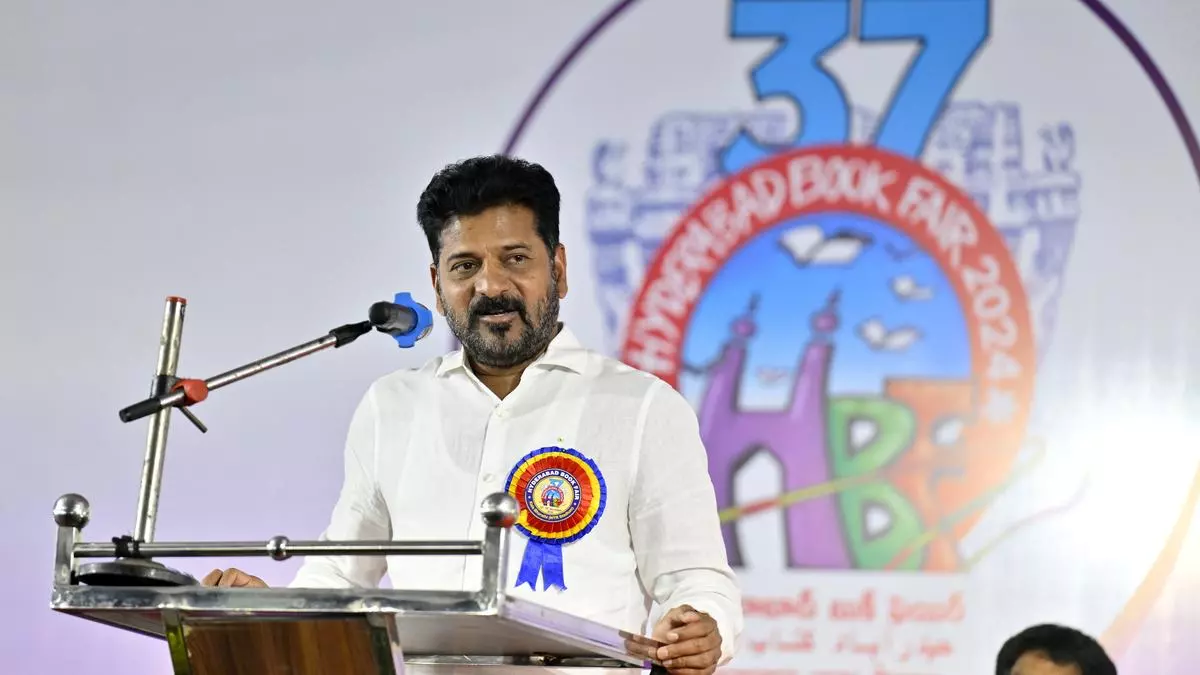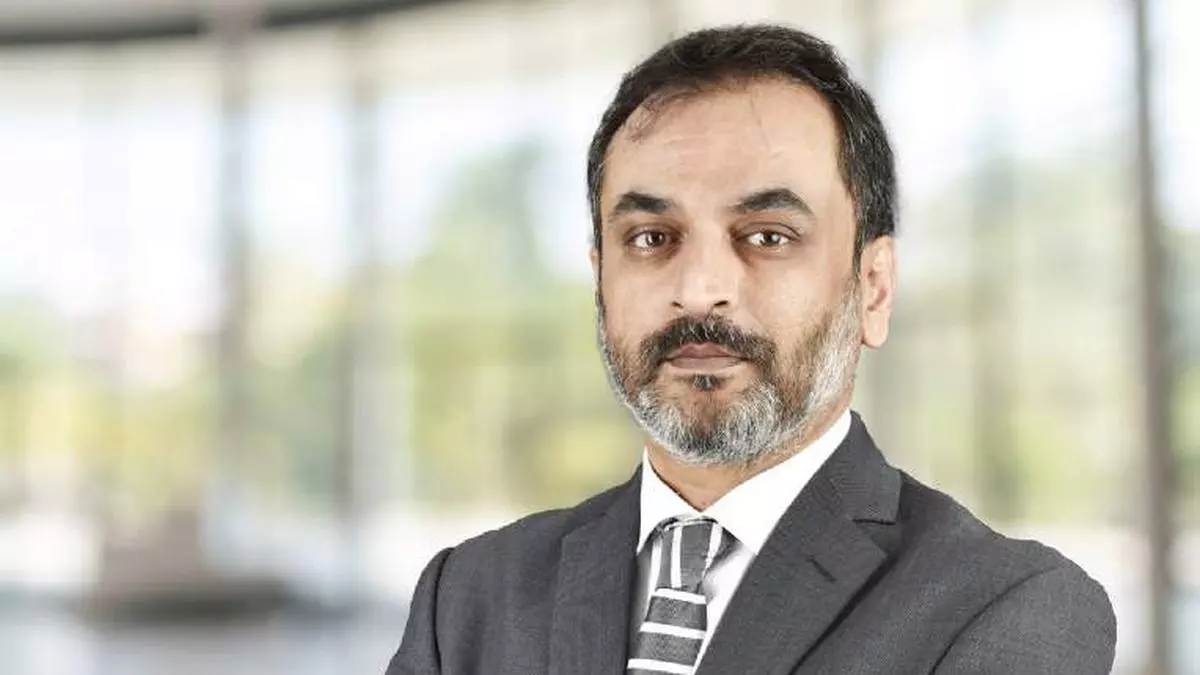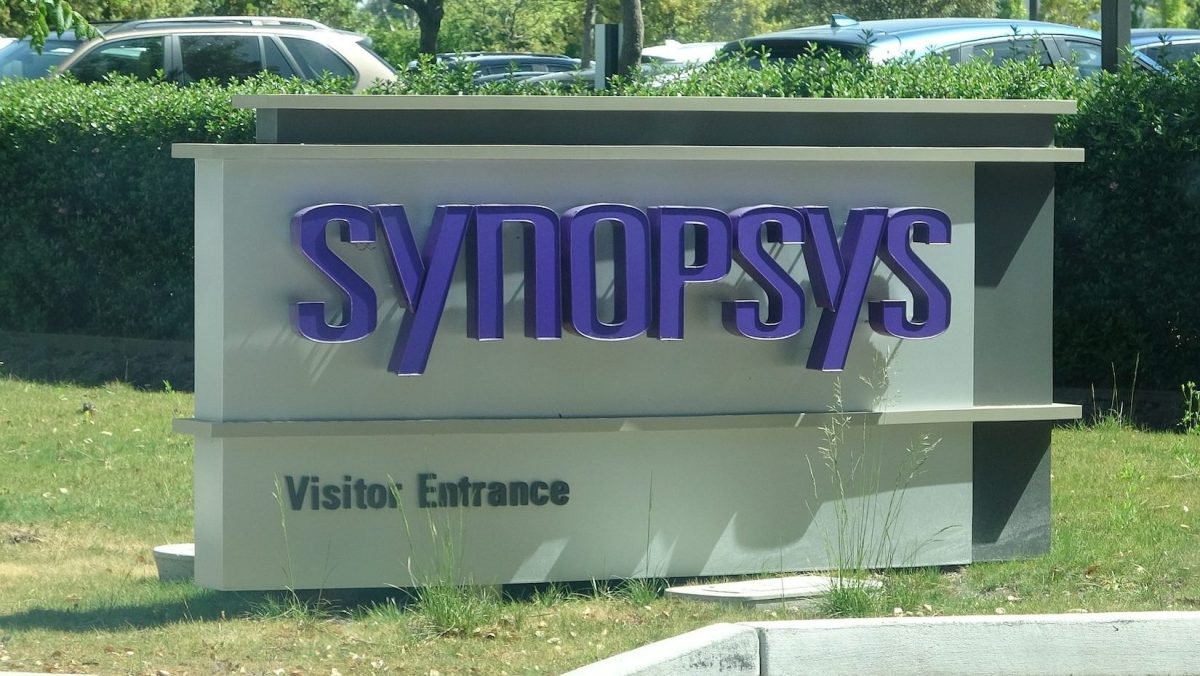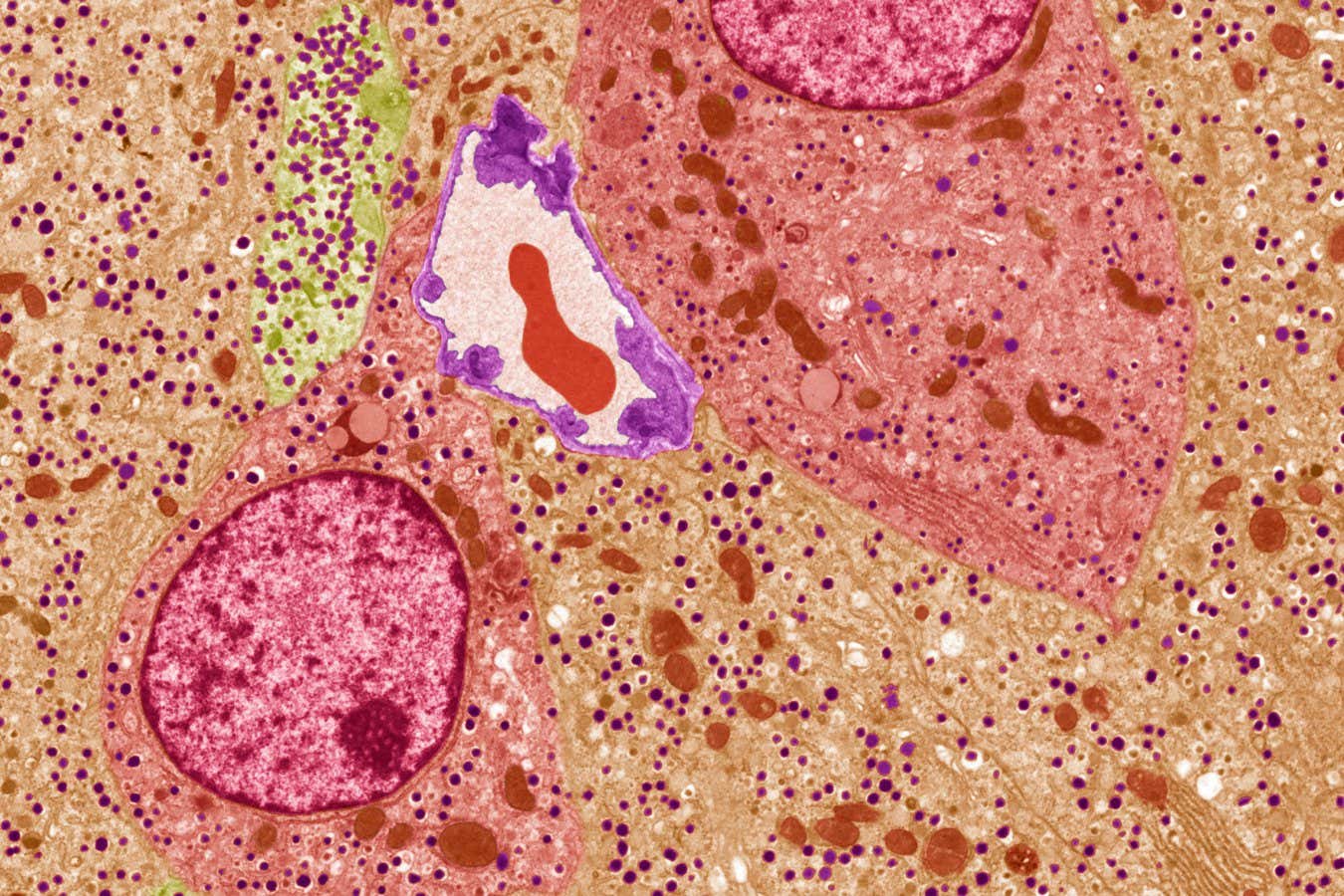Technologies available outside India need to be brought into the country to fight climate change impact and a policy tweak is required to make crop nutrients, other than chemical fertilisers, more affordable for farmers to scale up production. These are some of the key suggestions by experts who deliberated on “Overcoming Climate Change with New Seeds, Strategies” at the businessline Agri & Commodity Summit 2025.
Ventakatram Vasantavada, MD and CEO of SeedWorks International, said “when there are talks about climate resilient agriculture, it is about drought tolerance” in a discussion moderated by senior deputy editor Vishwanath Kulkarni. “There are solutions for drought tolerance through technology. I do not know how long it would take in the country, but some of the ways in which you can mitigate this is through some of these technologies,” he said.
“Now, given the climate change and the kind of challenges, the old cultivation practices would see a lot of changes from an agronomy side,” he said asserting that technologies are available to find solution.
DSR technology
“About the direct seeded rice (DSR), it is a technology embedded within it, what we call herbicide-tolerant rice. There are companies which are working on it and that once it gets implemented in large scale, it will solve multiple problems including labour shortage,” he said and added that it will also solve the problem of water scarcity without impacting yield.
He also pointed out that cotton production in India is down at a time when no new technology has been approved after BG II.
Sanjiv Kanwar, Managing Director of Yara (south Asia region), said the government doesn’t have a policy in terms of how blue ammonia costs will be factored in by the greenhouse gases. “So, the question is, will the government be ready to increase the subsidiaries for eco-enforcement, green employment, that’s a question which I don’t have an answer to.”
Collaboration needed
He also said “Those days are gone when farmers were poor and not literate. Now, farmers are educated and he/she knows what he/she wants. And industry, civil society, need to listen to their needs.” Kanwar was also of the view that crop diversification looks very good as a topic — move farmers from paddy to corn or some other crops. But, he wondered how could that be possible without creating a supply chain. “That’s where the need is there for collaboration amongst the entire value chain that we have in Indian agriculture,” he said.
Clarifying further, he said the collaboration includes the Government of India, the state government, food companies, input companies and that is needed urgently. He also pointed out that it takes five years for a company to bring in a crop production solution to the Indian farmer, which is available to the farmers outside. So, Indian farmer is five years behind that technology in agriculture from a farmer in, say, China.
“So, when we want to improve our farm productivity, it cannot happen by… you have to give the farmer option, the right to decide,” he said.
Think beyond rice
Highlighting that the Direct Seeded Rice (DSR) technique, where there is no need for transplanting, is a success, Ajeet Chahal, Rice Team Lead, Bayer CropScience, said that time has come to think beyond rice. Farmers need to be guided how they can take up three crops (potato and maize) in a year, along with paddy. “That is why we are focusing on a complete crop system, providing end-to-end solution. We are connecting farmers with hand holding and making it successful,” he said.
He said DSR was tried earlier, but maybe because of certain problems where the right solutions were not available for the farmers, they could not maximize the full potential of it. Again, it is now being driven in the ecosystem at every level, he added. Now there are solutions and technology available to support farmers. He also mentioned that DSR is a cost-efficient system where farmers are getting 10-15 per cent savings in their costs of production.
S Soundararajdane, CEO, HyFarm, said that in last three decades, potato processing has been led by CPRS, Climate President and CEC. Then in last two decades, more of processing industry has come up.
Potato processing
“If you look at the (potato) processing sector for the last two decades, a lot of germplasm have come from Europe as well as from the US. It is not being dominated by the Indian partners,” he said. He also said that only 5 million tonnes of table potato out of almost 55 million tonnes production get processed.
The kind of germplasm which has come from European varieties, they have been having excellent processing process, he added.
He also pointed out that there are some fragile varieties, too and they have their own challenges in terms of processing, because these are coming from temperate areas. When it faces heat tolerance, when they face heat or temperature rise, there is pest issue.
“These (imported) are varieties which have duration of 130-140 days. But in Indian conditions, because of dramatic rainfall or even temperature, the duration of the crop is very short. If farmers are forced to harvest all the processing varieties in less than 100 days, it does not retain storability for a long time and may not be fit for processing.
Impact on quality
“When there is an impact on the climate change during the crop season, it has an impact on the storability as much as on the quality of the products. We are observing in last 2-3 years that the quality of the products is taking a back seat,” he said.
He pointed out that post-harvest losses in processing sector is close to 20 per cent, which is equivalent to the processing capacity in a country like the Netherlands. They produce around 10-12 million tonnes, which India loses same volume every year and it calls for a larger discussion as to how to address climate change impact.








Leave a Comment